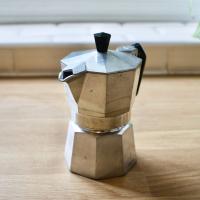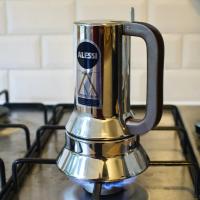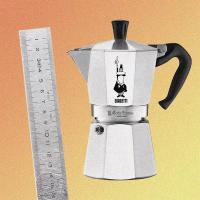The best moka pot — a hands on comparison and Review
We've done hands on tests of 12 moka pots (so far) — including iconic and popular models — to determine what makes a good moka pot, and which one is the best!

Table of contents
We've reviewed each moka pot for taste, ease of use, aesthetics, and sustainability — and there are two clear winners:
Our top recommendation
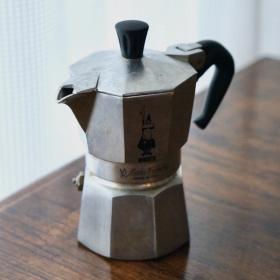
The fancy option

There are a lot of moka pots on the market — too many for us to review. We believe the two recommendations above are safe bets, but if you're looking at other options, the information below should help you determine if a moka is any good before buying it — even if it isn't on our list.
What makes a good moka pot?
Given the simplicity of moka pots, it's easy to fall into the trap of thinking they're all equally capable of making coffee.
When we started reviewing moka pots, we thought their biggest differences would be subtle usability issues and aesthetics. Instead what we found was a stark difference in the coffee they produce and some major usability issues.
Taste
Most of the moka pots we tested struggle to make good coffee due to a poor coffee-to-water ratio. These moka pots have baskets that are just too small compared to the size of the lower chamber.
The moka pots that produced the best coffee had around 3:10 ratio of basket volume to lower chamber volume. This corresponds to the generally recommended 1:10 coffee-to-water ratio when calculating using weight.

This chart compares the coffee to water ratio of each moka pot model, and their position from the ideal 1:10 ratio for stovetop brewers. The recommended Alessi 9090 and Bialetti Express models lie right within the best coffee to water ratio, while brands like Pezzetti miss the mark massively, due to their shallow grounds baskets.
Measuring the correct ratio for you moka pot can be tricky. We've created an awesome calculator for brewing ratios. We've also made useful size guides for the most popular moka pots, so you can quickly determine the water capacity of your brewer.
Usability and cleaning
Moka pots had a wide range of usability issues — some minor and some major.
One major usability issue was the impossible-to-clean groove in the Bialetti Venus, Musa, and Kitty models — resulting in a gross hole where coffee grounds accumulate.
Other minor issues we've encountered include:
- Dribbly spouts
- Hot handles
- Difficult-to-screw-on bases
- Thumb danger zones
- Lids that spill
- Poor manufacturing quality resulting in jagged edges
A good moka pot should have no major usability issues — and as few minor usability issues as possible.
Aesthetics
Most moka pots aren't offensive to look at — they tend towards a sleek, art deco style design. Some ruin their minimalist look by sticking on an ugly logo — others have clear signs of poor manufacturing.
Aesthetics is a matter of taste, but if you want our opinion…
Moka pots should either be beautiful or minimalist — they shouldn't look like knock-offs of the original.
Sustainability and repairability
Moka pots are supposed to have their gaskets and filters replaced regularly. Some of the moka pots we tested don't have easily identifiable parts or places where you can buy them. This makes it easier to buy a new cheap moka pot than to replace the part — we think this is bad.
Moka pots are simple devices and should last a long time.
Good moka pots last a long time, have easily replaceable parts, and can be recycled at the end of their life.
How we tested and reviewed the moka pots
We tried our best to be fair by following the same process with all the moka pots and by taste testing them with the same popular pre-ground coffee brand.
Obviously, these reviews aren't objective, but we believe we've done a good job justifying the ratings we've given each one.
The rest of the moka pots
Here's the rest of the moka pots we reviewed, we put them at the bottom of the page because we don't think they're worth looking at — but in case you're interested.
Good for Induction

It’s okay

It’s okay

Not recommended
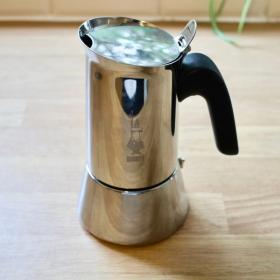
Not recommended

Not recommended
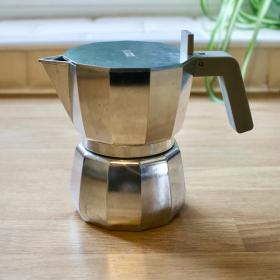
Not recommended

